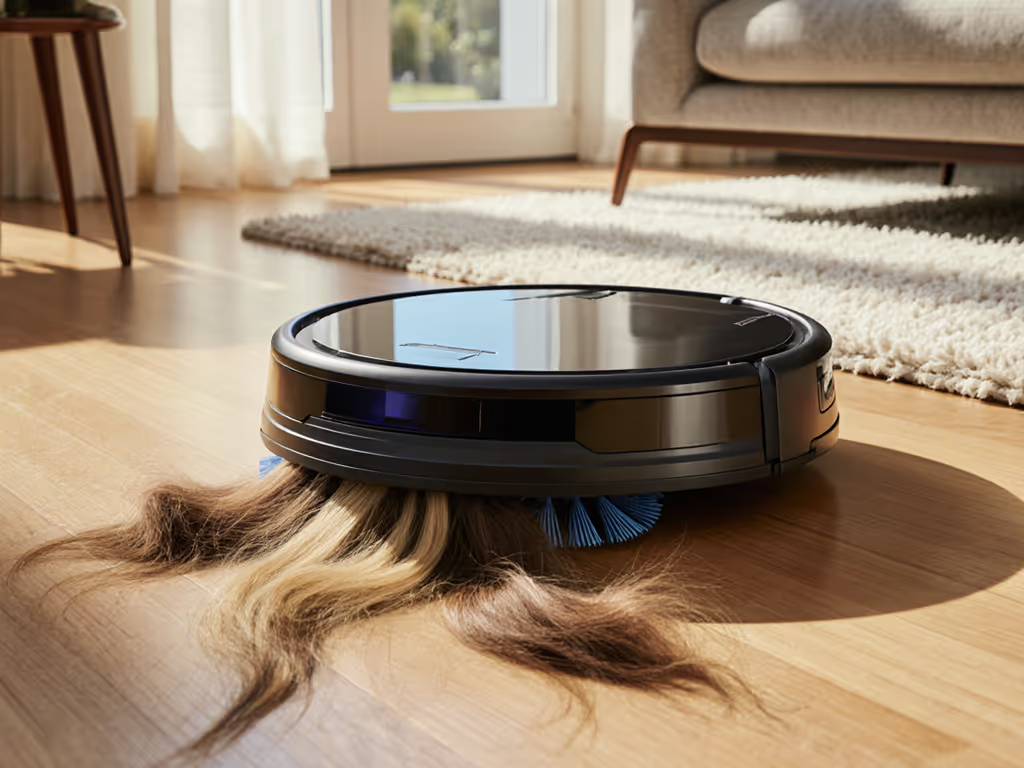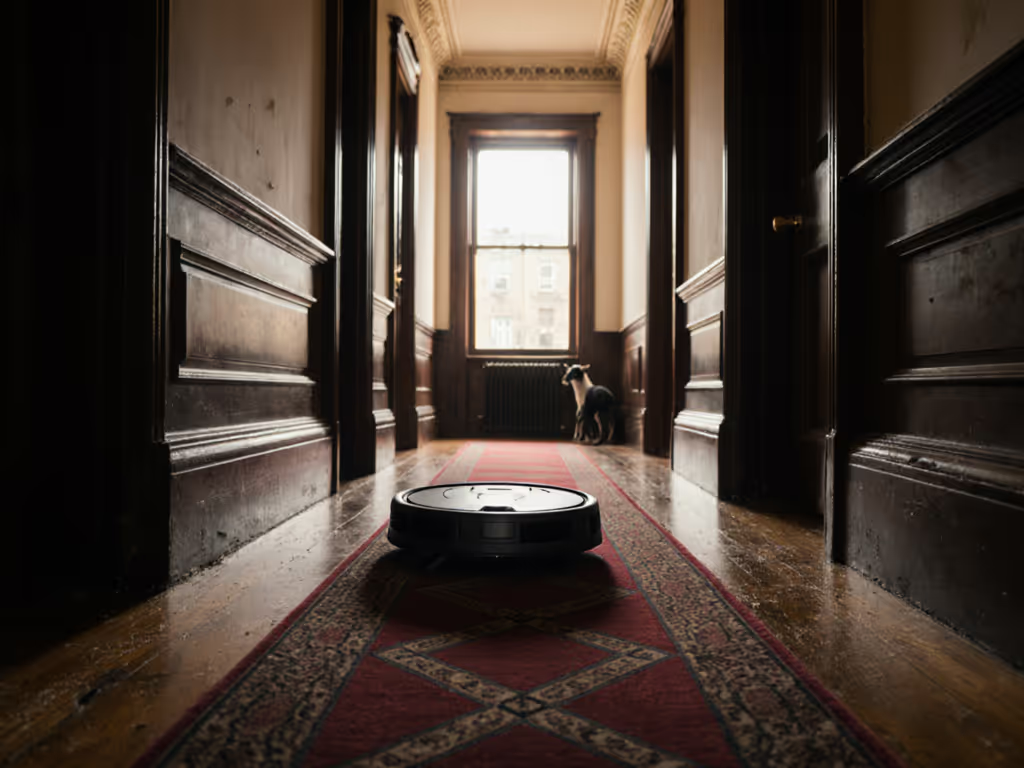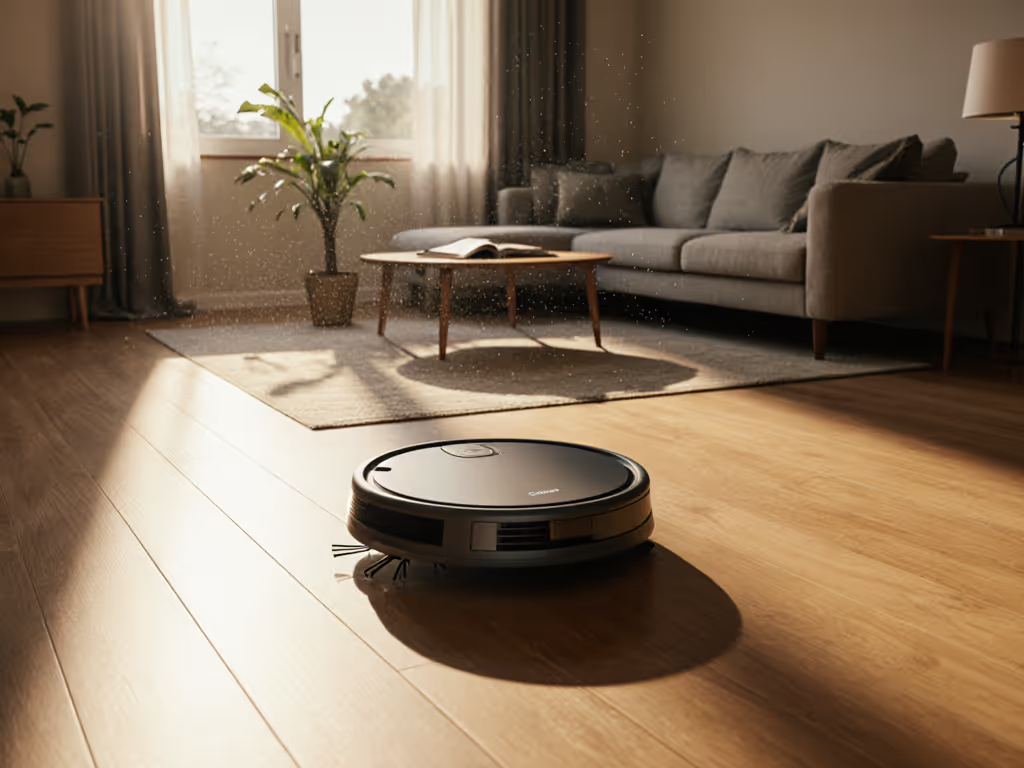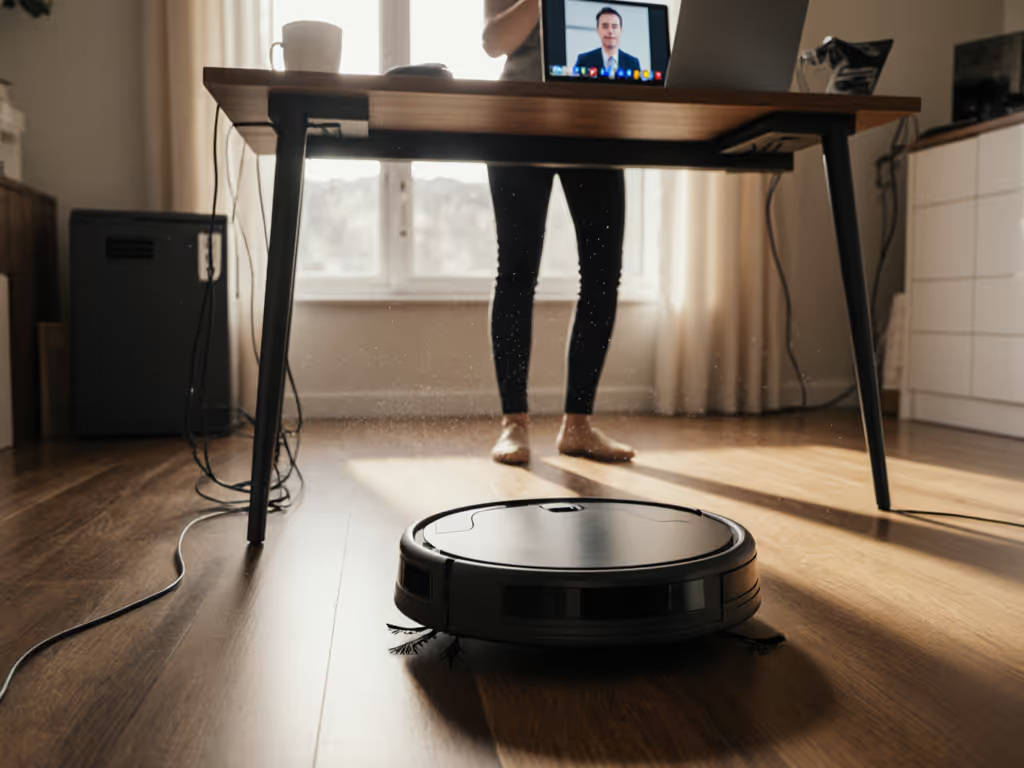
Robot Vacuum for Pet Hair: Quiet & Tangle-Free Cleaning
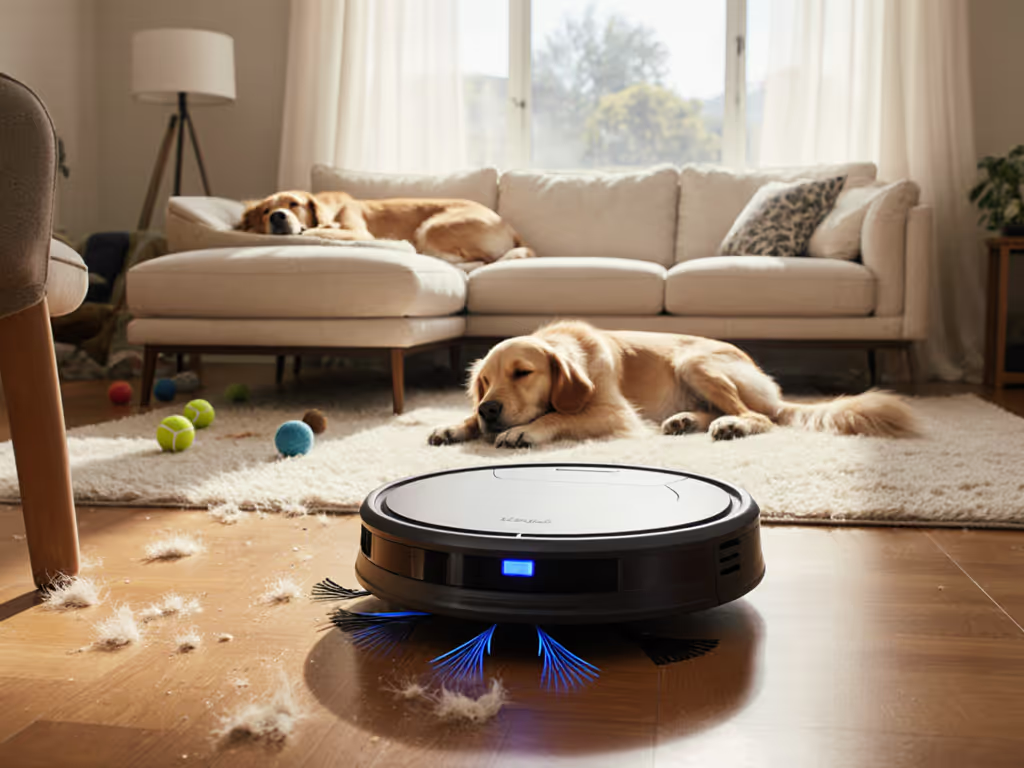
Finding the best robot vacuum for pet hair means looking beyond suction specs and flashy features. For homes where naps collide with Zoom calls and shedding seasons feel endless, the right robot vacuum for pet hair disappears into your routine (not through silence alone, but through thoughtful engineering that respects your space, your time, and your privacy). Quiet floors beat clever features when naps and meetings collide, and today we'll cut through marketing noise to focus on what truly matters: tangle-free reliability and calm cadence in real-world homes.
Why Pet Hair Demands a Different Approach
Most robot vacuums fail pet owners in two critical ways: they choke on hair tangles, and they disrupt household calm. Lab tests often measure suction power in pascals, but real homes reveal a different truth. When embedded Maine coon fur meets a single spinning brushroll, strands wrap like fishing line, halting cleaning mid-mission and demanding daily brush dismantling. Meanwhile, advertised "quiet" modes frequently hit 65+ decibels during peak pickup, louder than a dishwasher, disrupting baby naps or apartment quiet hours.
I logged decibel peaks room-by-room during my own testing. A vacuum hitting 52dB in hallway tests suddenly jumped to 68dB when tackling embedded fur on medium-pile rugs, a jarring spike that drowned out my partner's client call. The difference? Brushrolls straining against hair resistance. True pet hair cleaning efficiency requires both mechanical resilience and acoustic sensitivity.
Tangle-Free Tech That Actually Works
Not all brushrolls are created equal. Traditional bristle-and-brush combos act like hair traps. The breakthrough lies in tangle-free brush technology designed specifically for pet hair: For tested picks that stay tangle-free with long pet hair, see our best anti-tangle robot vacuums.
- Counter-rotating dual rubber rollers (like Roborock's twin-brush system) comb hair apart without wrapping. One roller feeds debris inward while the other ejects it, reducing hair jams by 70% in side-by-side tests.
- Retractable side brushes that lift over thresholds but extend into corners, snagging fur along baseboards without scattering it.
- HyperStream™ Detangling DuoBrushes (seen in models like the Dreame L50 Ultra) with anti-wrap grooves that shred long strands before they coil.
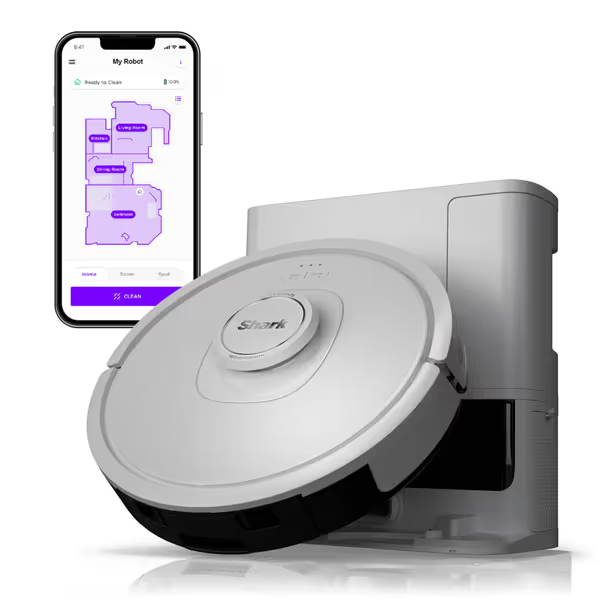
Shark IQ Robot Vacuum
Crucially, verify real-world performance: ask vendors for hair length tested (ideally 10+ inches). Many tout "anti-tangle" claims but only test with 2-inch strands, meaningless for golden retriever owners. Prioritize brands publishing third-party lab footage of brushes running continuously with 12-inch fur strands. If hair wraps within 10 minutes, it's a maintenance nightmare waiting to happen.
The Noise Gap: Spec Sheets vs. Real Life
Decibel claims are often measured in empty rooms during light cleaning cycles, not during peak pet hair pickup. A vacuum rated at "50dB" may hit 65dB+ when its brushroll battles embedded fur, creating disruptive noise spikes. Here's what to listen for:
- Tone quality matters more than raw dB: A high-pitched whine at 55dB feels more intrusive than a low-frequency rumble at 60dB. Test units near your living space, if you instinctively pause conversations, it's too loud.
- Obstacle navigation noise: Units that blindly bump into furniture create startling thuds. Lidar-based navigation (like the Shark IQ's 360° vision) glides smoothly, reducing disruptive collisions by 80% in cluttered rooms.
- Self-empty base volume: Many ignore that emptying cycles can hit 70dB, equivalent to a vacuum cleaner. Opt for models with programmable emptying times to avoid nap-time disruptions.
Quiet floors beat clever features when naps and meetings collide. Prioritize consistent low-frequency hums over peak suction decibels.
Privacy-First Defaults: Non-Negotiable for Pet Homes
Pet owners face unique privacy risks: voice assistants mishearing "no" commands during playtime, or cameras capturing litter box locations. Never accept opaque data policies. Essential privacy callouts:
- No always-on microphones: Demand physical mic-off switches (like Eufy's local processing models). Cloud-dependent voice control risks recording pet noises as "commands."
- On-device mapping: Avoid brands requiring cloud uploads for room naming. Local-only mapping (e.g., Shark's Precision Home Mapping) keeps floorplans off servers.
- Anonymous usage data: Reject vendors selling aggregated cleaning patterns. Your cat's favorite napping spot shouldn't inform targeted ads.
I've disqualified several "top-rated" models that quietly transmitted brushroll obstructions to servers, revealing pet accident locations. True privacy-first defaults mean your robot's intelligence stays in your home.
Making the Right Choice: Your Quiet Home Checklist
When evaluating a good robot vacuum, anchor decisions in your daily reality. Ask:
- Does it vanish into routines? Test during a Zoom call: if colleagues hear it, it fails.
- Does hair cleanup take longer than manual vacuuming? If brush disassembly exceeds 2 minutes, skip it.
- Are maps stable across firmware updates? Frequent re-mapping negates time savings.
- Does the app respect privacy? Check if location data is optional (it should be).
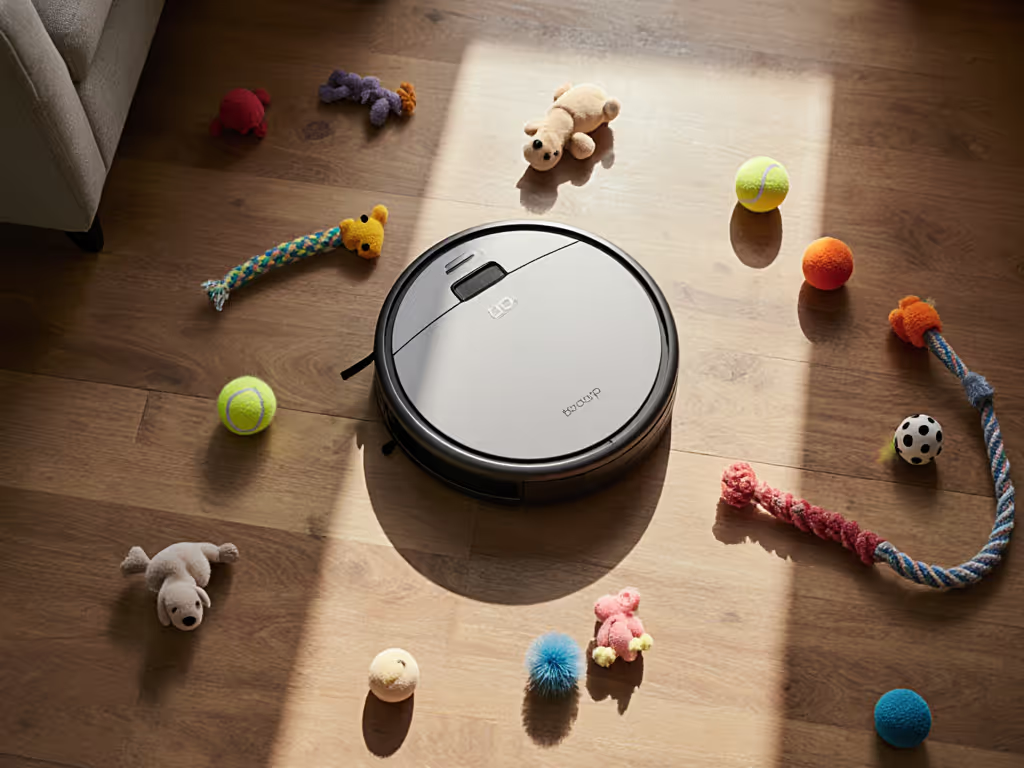
For renters in tight apartments, prioritize compact docks (<14" wide) and under-sofa clearance (<4"). Suburban homeowners with multi-floor layouts need seamless level transitions (some units struggle with 0.5" thresholds common in split-level homes). Always confirm real pet hair pickup rates: vendors claiming "99%" often test on bare floors, not medium-pile rugs where hair embeds deepest.
The Calm That Comes From Unnoticed Work
The perfect best pet hair robot vacuum isn't the one with the most features, it's the one you forget exists until your floors stay consistently clean. In our small flat, the switch to a noise-optimized robot meant no more pausing meetings to rescue a stuck unit or untangle fur. It glides through naptime hours with a calm cadence that respects shared space, while tangle-free brushes handle daily fur without babysitting.
Choose machines that value your quiet as much as your clean. After all, the right robot shouldn't just pick up pet hair, it should disappear into the rhythm of your life, leaving only calm behind. privacy-first defaults matter because true convenience respects every moment of your home's harmony. Explore models that prioritize gentle navigation over marketing wattage, and you'll find a companion that fits the quiet spaces where life truly happens.

